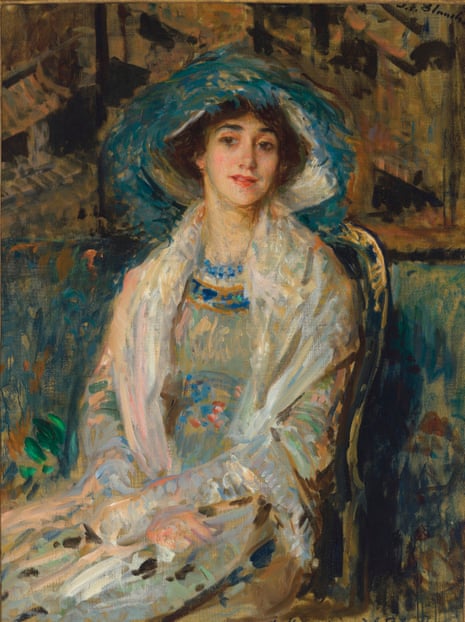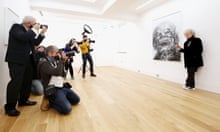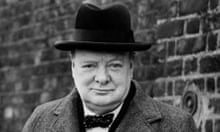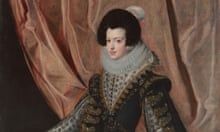A rare and valuable portrait of the Russian ballerina Tamara Karsavina, Anna Pavlova’s great rival and one of the key dancers behind a revolution in ballet, has been bought for the Royal Academy of Dance (RAD). Karsavina presided over the London teaching school, which she co-founded, for many years, instilling a modern emphasis on expressive movement over stiff tradition.
“This is such a ravishing and iconic picture, I thought the RAD should have it when I heard it was up for auction at Christie’s at the end of last year,” said Lady Sainsbury of Preston Candover, the former dancer Anya Linden. “The great English choreographer Frederick Ashton once wrote that working with Karsavina was like being visited by ‘a queen from a bigger and more glamorous world’, and he said that her generosity, humanity and discipline had inspired the whole company of Royal Ballet dancers.”
Linden swiftly co-ordinated a fundraising effort among wealthy donors across Britain in December and secured the painting, by Jacques-Émile Blanche, for a sum believed to be around £60,000. “We now think this portrait of Karsavina was painted earlier than believed, probably in Paris around 1912,” she said.
The portrait belonged to the English dance teacher Roger Tully, who died last year, and is one of two of the ballerina by the artist. The other shows Karsavina in costume as The Firebird, a role she created at the Paris Opera, where the painting now hangs near to the stage where the Stravinsky ballet premiered. The RAD portrait will be unveiled this autumn in its new Battersea headquarters.
Karsavina was born in St Petersburg in 1885. After an early career with the Imperial Ballet, dancing leading roles alongside Pavlova, she fled the Red Army for London in 1918 with her British diplomat husband, Henry Bruce. She also starred in Sergei Diaghilev’s influential Ballets Russes productions, sharing a stage with Vaslav Nijinsky in Paris.
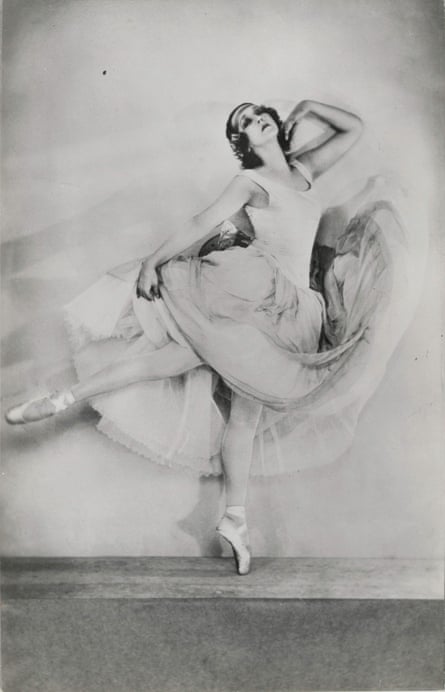
Karsavina went on to help establish the Royal Ballet in London and to privately coach prima ballerina Margot Fonteyn, as well as designing the syllabuses for the RAD in 1954. “Sadly, I didn’t ever meet her,” said Linden, 88, who trained and danced at Sadler’s Wells. “But I did watch her once from a balcony over a studio as she coached Margot Fonteyn in the mime scene from Giselle. I know she also coached Margot for Firebird. It would have been wonderful to see that, too.”
Ashton absorbed much of Karsavina’s technique, added Linden, citing a key moment in the ballet Spectre de la rose, which the Russian ballerina had danced with Nijinsky. “She wakes up to find a rose that tells her she was not dreaming. The way she moved allowed you to imagine the amazing scent of this flower,” she said. “Fred thought it was important, and I think he took something of that and used it again in a scene in his ballet A Month in the Country.”
The dancer also passed on key original Russian choreographic detail for the Royal Ballet’s beloved Ashton production of La fille mal gardée.
Karsavina could speak little English when she arrived in London but, by 1931 she had written her memoir, Theatre Street, in her second language. In it, she described her dramatic flight from Russia with her husband: “For several days we met no impediment on the way, but the sense of lurking danger was with us the whole time… We were playing for high stakes and playing blindfold.”
After her death in 1978, Karsavina’s achievements were marked with a plaque on the wall in St Paul’s Church, Covent Garden, known as the actors’ church. Its simple wording gives her name and dates and then affords her the highest status, “prima ballerina assoluta”.
